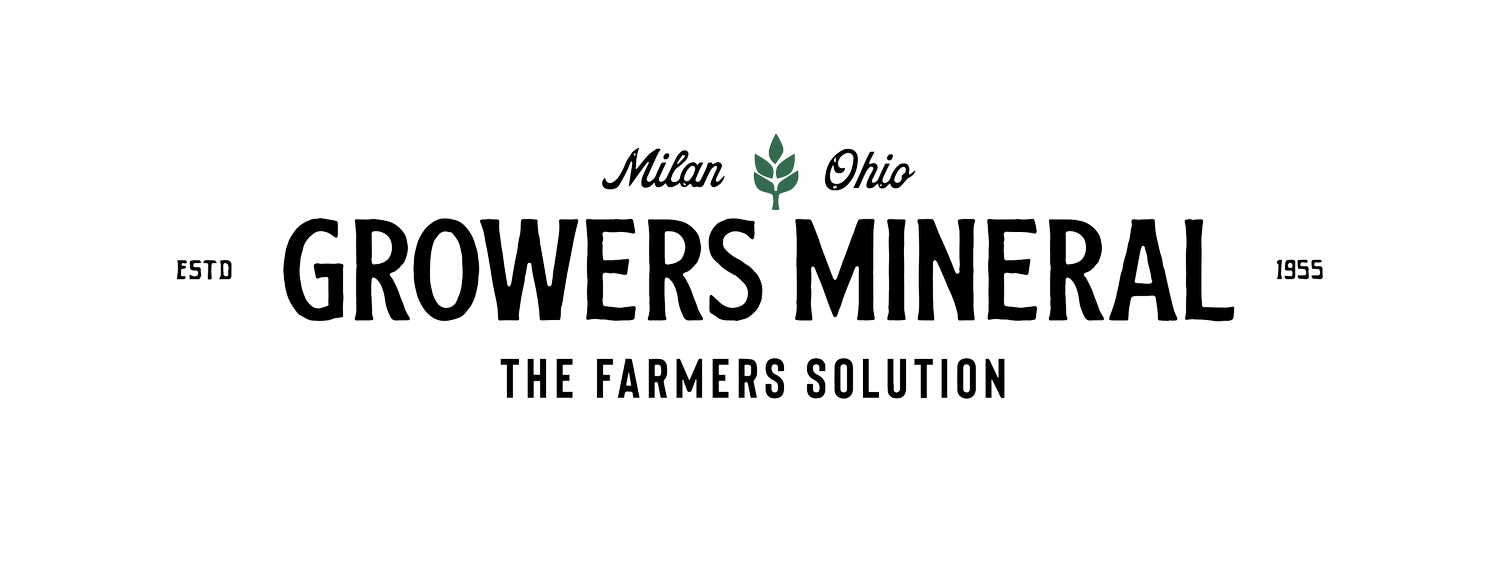2023 Gulf of Mexico Hypoxia
During the fall of 2022 and the spring of 2023, the agricultural press has been discussing various areas of environmental concern. Lake Erie algae bloom, Gulf of Mexico hypoxia, and city of Des Moines, Iowa nitrate problem have all been featured articles in the agricultural press. All of these articles include discussions by water experts who are not associated with the agricultural establishment. Also, the data presented in these articles demonstrate that voluntary methods for approaching nutrient management are not working as predicted by the agricultural establishment.
For example, the data for the hypoxia in the Gulf of Mexico is that the predicted size for 2023 is 4100 square miles which is 20% larger than last year, but less than 5-year average of 4280 square miles. However, the 4100 square mile prediction is well above the Federal Hypoxia Task Force’s goal of 1900 square miles. This type of data receives this type of response from experts outside of agriculture: “Lack of a downward trend in the dead zone illustrates that current efforts to reduce those loads have not been effective. Clearly the federal and state agencies and congress continue to prioritize industrial agriculture over water quality.” Or “It’s twice the size of the goal. It’s too big. It’s not smaller than anything.”
So, is it possible that these articles appearing in the agricultural press are trying to send a message to farmers? The GMS winter meetings in the state of Maryland, a state that requires nutrient management plans, always have significant discussions about fertilizer placement, application timing of fertilizer, and compost tea applications to replace chemical nitrogen (N) utilization. Maryland producers realize that fertilizer regulation has arrived in their state and they are experimenting with various alternative methods of fertilization. Maybe farmers in the Lake Erie watershed, Gulf of Mexico watershed, or the Des Moines, Iowa watershed need to put in test plots to figure out alternative ways to use fertilizer. It might be a very proactive business decision.
This is an exert from the Summer Growers Solution (2024) written by Jim Halbeisen, Director of Research at Growers Mineral.
Signup for our newsletter to stay in the loop

